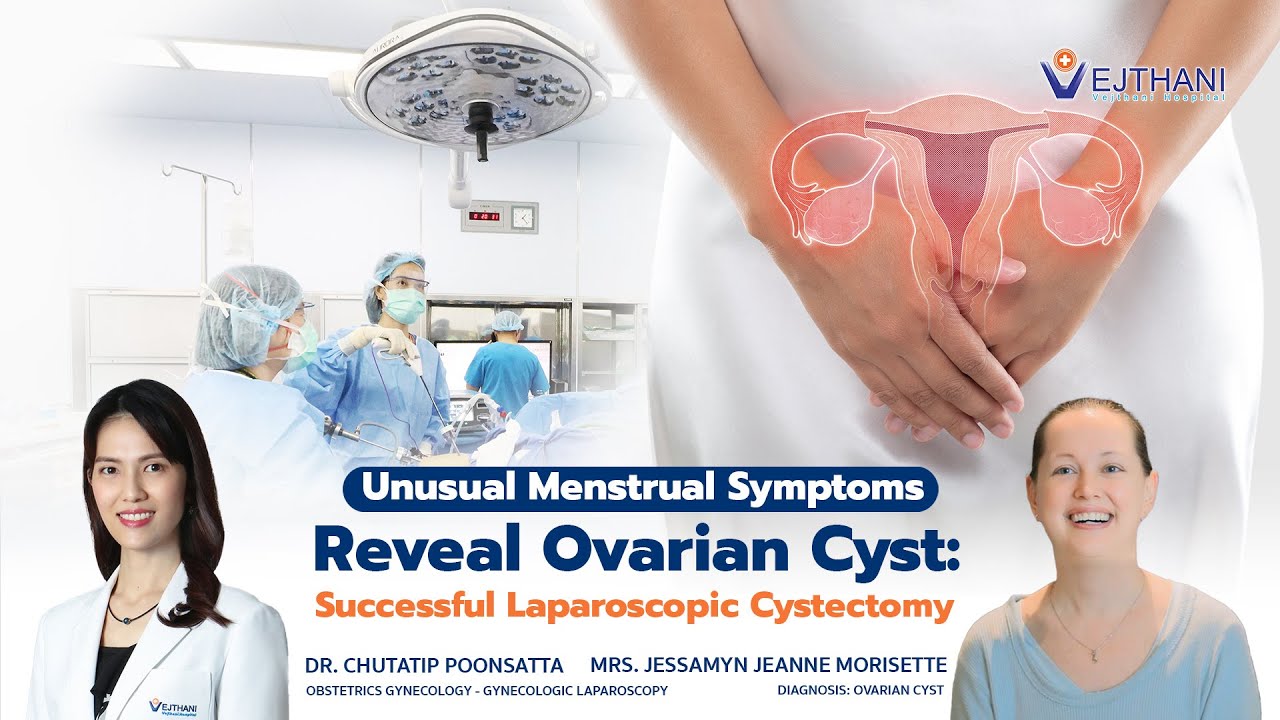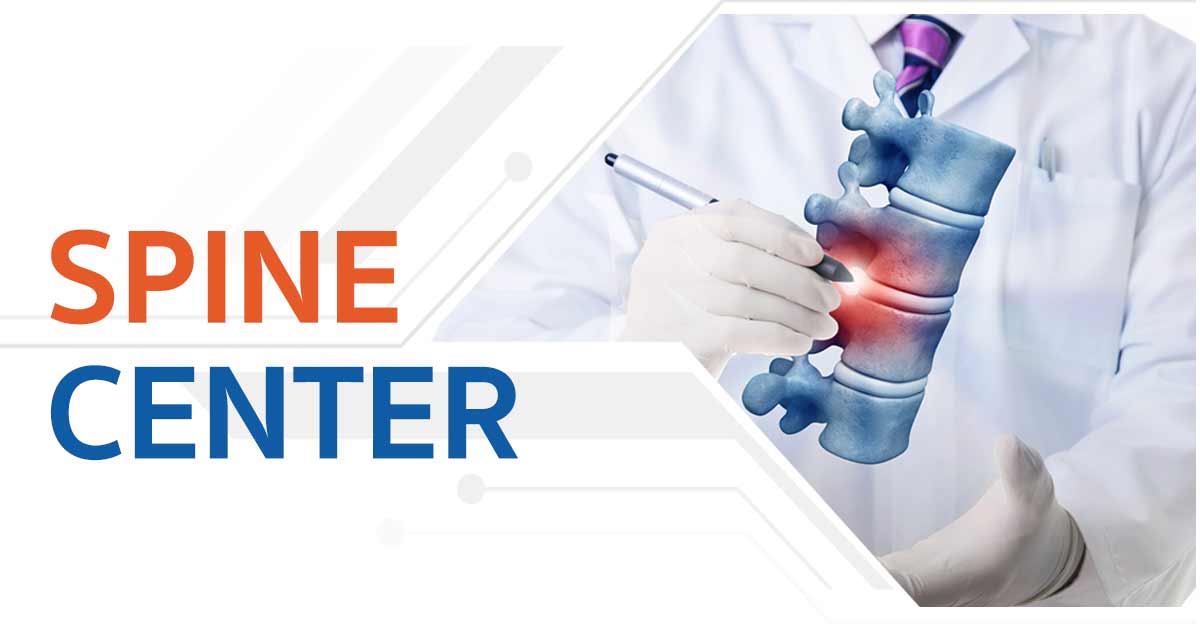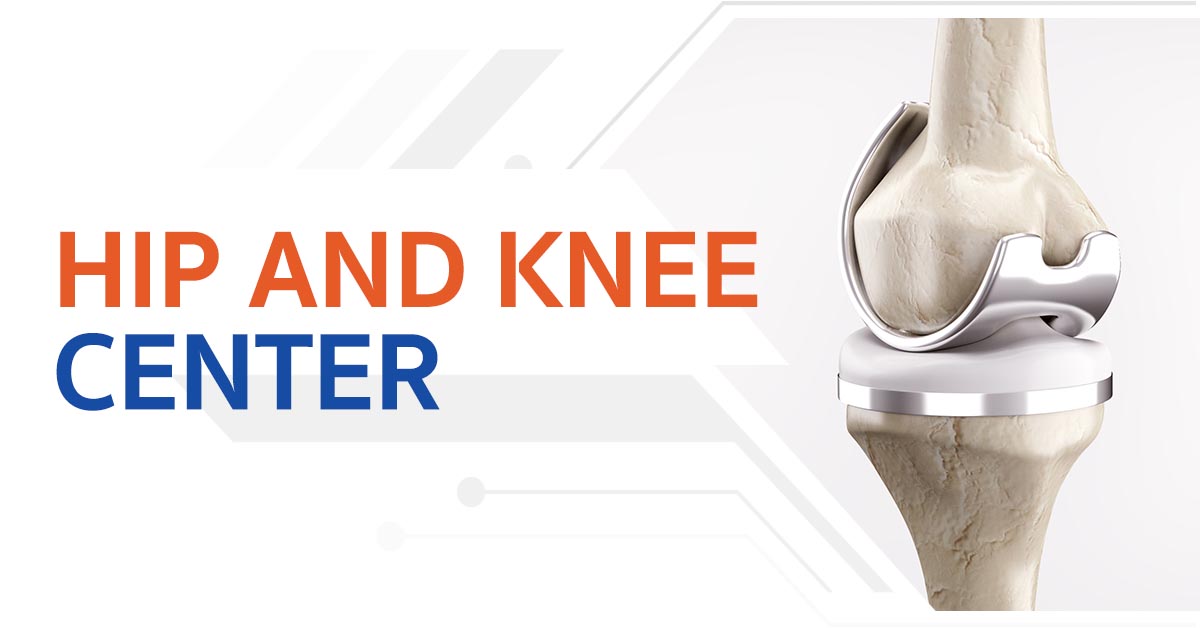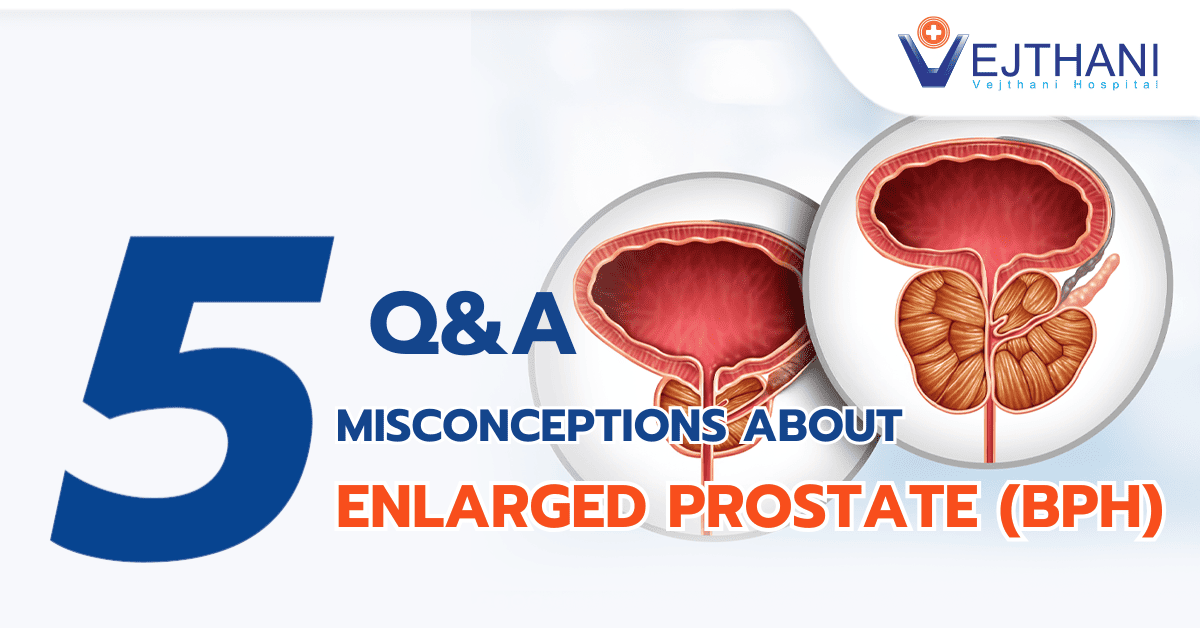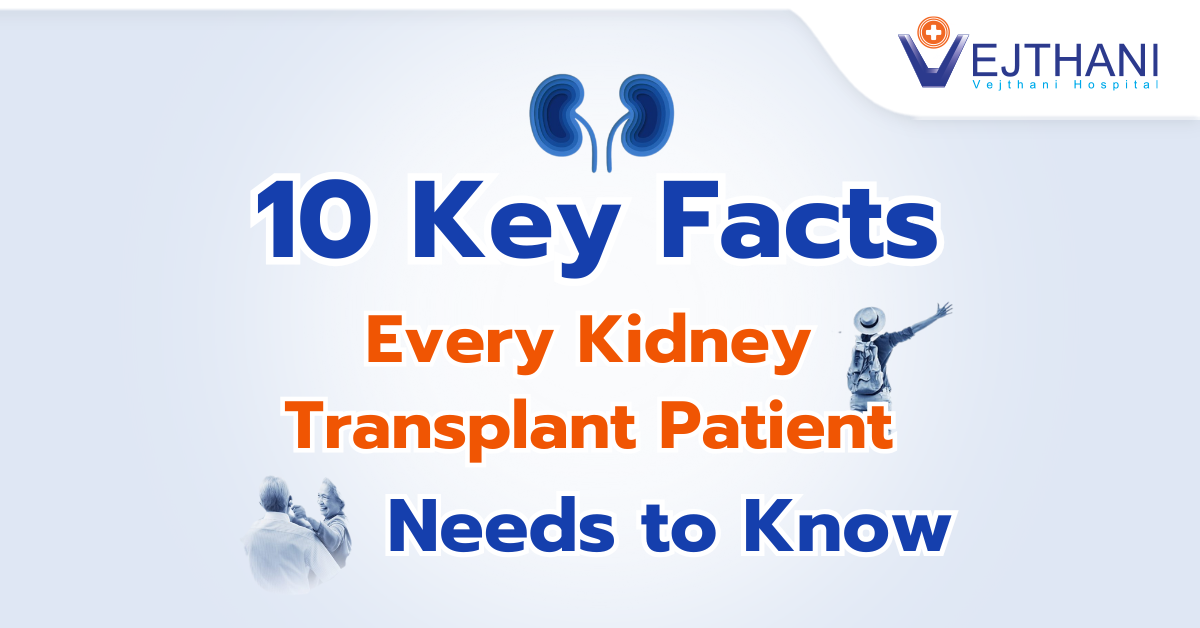
Tube Feeding (Enteral Nutrition)
Overview
Tube feeding, or enteral nutrition, involves the use of a feeding tube to provide nutrients and fluids directly to your body when you’re unable to safely chew or swallow. These tubes, typically made of soft, flexible plastic, enable liquid nutrition to pass through your gastrointestinal (GI) tract and can also be used for administering medications.
Think of a feeding tube as an alternative route to your digestive system. If a medical condition prevents food from moving through the usual pathway—from the mouth to the esophagus (food tube), then to the stomach, and finally to the small intestine—a feeding tube can deliver essential nourishment. Depending on where the tube is placed, it may deliver nutrition directly to the stomach, where food is stored and digested, or to the small intestine, where nutrients are absorbed.
Types of feeding tubes
Healthcare providers often recommend using feeding tubes that are inserted through the nose and extend into the stomach or small intestine for short-term needs, typically lasting less than four to six weeks. This approach may also be used initially to assess how well your body tolerates feeding formulas. Common types of these tubes include:
- Nasogastric (NG) tube: The tube goes in through your nose down to your stomach.
- Nasoduodenal (ND) tube: The duodenum, the first segment of your small intestine, is reached by the tube that runs from your nose.
- Nasojejunal (NJ) tube: The jejunum, the second segment of your small intestine, is reached by the tube that runs from your nose.
A more semi-permanent insertion of tubes through your abdominal wall to directly access your stomach or small intestine may be advised by medical professionals. This is typically necessary if your tube feeding needs extend beyond four to six weeks. Types consist of:
- Gastric or gastrostomy tubes (G-tubes): The tube enters your stomach straight.
- Jejunostomy tubes (J-tubes): The tube enters the second part of your small intestine, known as the jejunum.
- Gastrostomy-jejunostomy tube (GJ-tube): The tube is inserted into your stomach and extends into the jejunum. It has two ports: the G port, which drains stomach fluids and allows for medication administration, and the J port, which is used for feeding.
Reasons for undergoing the procedure
If you are not getting adequate nutrition through oral intake, your healthcare provider may recommend enteral feeding. This could be necessary if you have dysphagia—a condition that impairs your ability to chew and swallow. Feeding tubes support healthy digestion and metabolism.
The following conditions could necessitate the use of a feeding tube:
- Serious eating disorders.
- Cancers of the head and neck or injuries that impair swallowing.
- Digestive problems, such as esophageal narrowing or dysmotility (a disorder in which the muscles and nerves in your digestive system malfunction).
- Conditions such as severe Crohn’s disease or celiac disease that impair your body’s capacity to absorb nutrients.
- A recent medical procedure or disease that has interfered with your ability to swallow.
- Neurological conditions, such as paralysis and stroke.
- Being unconscious, as in a coma.
In hospice care, medical professionals may recommend tube feeding to help terminally ill patients stay more comfortable. However, some individuals or their families may choose not to use a feeding tube. The decision to use a feeding tube is deeply personal and should be made in consultation with your healthcare provider.
Risks
For a few days following a tube insertion procedure, your abdomen may hurt. Drainage might be apparent for a day or two. This is typical. Additionally, it’s normal to first have some side effects, like as diarrhea, while your body gets used to getting nutrition in other ways.
Medication that relieves pain can be prescribed by your doctor. To ease the adjustment on your digestive system, they can modify the formula you’re on or the frequency of your feedings.
Although there is a slight chance of troubles, other problems could arise. Among the complications are:
- Aspiration pneumonia.
- A misplaced, broken, or clogged tube.
- Sores in your nasal passages (applicable only to nasal tubes).
- Infection or stomach contents leaking at the site of tube insertion.
- Prolonged digestive issues, such as diarrhea, nausea, and constipation.
During the procedure
The type of feeding tube you receive and the reason for its use will affect your experience. While you’re in the hospital, your care team will handle feeding and cleaning the tube. If you take the feeding tube home, you might need instructions on how to use and care for it, or your caretakers may need guidance. Additionally, assistance with setting up the equipment for home use may also be required.
Feeding tube placement
Feeding tubes are typically placed while you’re in the hospital, but you may continue using one at home through home enteral nutrition (HEN).
Some placement procedures can be performed at your bedside. However, if you need a feeding tube for more than a month, a more extensive procedure in the hospital will be required. For these procedures, you’ll need to fast (avoid eating or drinking) for at least eight hours beforehand and stop taking blood-thinning medications, such as aspirin for a period of time. You will receive anesthesia and sedation to ensure you are comfortable and pain-free, and the procedure generally takes about half an hour.
The feeding tube may be inserted in the following ways:
- Nasally: This process can take place by your bed. Your doctor will carefully place the tube into your nose, guide it through your neck and esophagus, and finally place it in your stomach using picture guidance. In order to make the process painless, they will lubricate the tube and provide an anesthetic. During the process, they can urge you to sip water through a straw to help encourage the tube to descend.
- Endoscopically: The endoscope, a long, flexible tool with a camera, will be used by your doctor to assist in placing the feeding tube. The endoscope will be passed down your throat and esophagus before arriving at your stomach. They can see where to make the little incision (cut) in your abdomen to place the feeding tube thanks to the camera. Percutaneous endoscopic gastrostomy (PEG) and percutaneous endoscopic gastrojejunostomy (PEG-J) are two types of feeding tube placement that need an endoscope.
- Radiologically: To determine the correct placement for inserting the feeding tube, your doctor will use X-rays. X-rays are utilized during the insertion of feeding tubes for Percutaneous Radiologic Jejunostomy (PRJ) and Radiologically Inserted Gastrostomy (RIG).
- Surgically: Your doctor has two options for inserting the feeding tube: open surgery, which necessitates a wider abdominal incision, or laparoscopy. Your doctor makes a few small incisions in your abdomen to perform a laparoscopy. To see your organs, they insert a laparoscope, a tool with a camera. Next, they use the additional cuts to place the feeding tube.
To ensure you are prepared and know what to expect, ask your doctor about the technique they will use to insert the feeding tube.
Using a feeding tube
Certain feeding tubes deliver liquid nutrients from a bag into your body using a syringe or pump. Others are connected to bags that are positioned on a pole or hook, where gravity helps guide the liquid nutrition through the tube at feeding times. The timing of your feedings will depend on several factors, including the type of feeding tube you have. Feedings through a tube could be:
- Only at mealtimes (bolus feedings): The feeding tube will provide you with liquid nutrition at the times of day when you would normally eat. Bolus feedings have the benefit of allowing you to eat regularly, just as you would if you didn’t have a feeding tube. Since your stomach can manage the higher volume and stores food naturally, bolus feeding is usually limited to stomach tubes.
- Continuous: If your feeding tube is in your small intestine (duodenum or jejunum), you will require steady, small amounts of nutrients every day. This is a result of the small intestine’s inability to store large amounts of food at once.
Your doctor will assist in selecting the appropriate formula and determining the right amount to meet your needs for fluids, vitamins, minerals, and calories.
There are many formulas available, each with varying concentrations of calories and specific nutrients such as proteins, fats, and carbohydrates. Some formulas are tailored for particular conditions, like kidney disease. Your doctor may adjust the formula as needed based on your tolerance and nutritional requirements.
They will also guide you on safe practices for receiving enteral nutrition. For instance, they might recommend sitting at a 45-degree angle during and for a few hours after feedings to avoid complications like aspiration pneumonia, where the formula enters the windpipe and lungs, causing an infection. Proper positioning can help prevent this.
Avoid using carbonated beverages in your feeding tube.
Caring for a feeding tube and the insertion site
In order to avoid infections and clogs, you must clean the area surrounding the feeding tube and take care of it.
To maintain the place of insertion:
- Give it a daily minimum wash with soap and water, but more often if you have drainage issues. If you have drainage, you might need to get in touch with your provider. They can offer barrier lotions to assist protect your skin or gauze to help absorb the discharge.
- To prevent bacterial growth, wipe the area dry with a clean cloth in between cleanings. (Bacteria thrive in warm, humid conditions.)
- Remove any crust that develops on a nasogastric (NG) tube.
- If you experience any of the following symptoms of an infection—warmth, redness, discomfort, swelling, or pus—notify your provider right away.
How to maintain the tube:
- Regularly flush your feeding tube: It’s important to flush your feeding tube with warm water before and after feedings to prevent blockages. You should also flush it before and after administering medications. Even on days when you’re not using it for eating or taking medicine, continue to flush the tube to keep it clear. Your provider will show you how to properly flush the tube before you leave the hospital.
- Schedule regular tube changes: Regularly replacing your feeding tube is essential to ensure it remains functional and in good condition. Tubes with harder plastic ends generally need to be changed annually, while tubes with balloons at the end may need replacement every three to six months. Consult your healthcare provider about the schedule for tube changes and arrange appointments as needed.
- Seek emergency care if the tube comes out: After the tube is placed, it takes about six to eight weeks for the tract connecting your stomach or small intestine to the outside of your body to fully mature. If the tube slips out or is accidentally pulled out before this period, it is considered a medical emergency. Seek immediate medical attention if this occurs.
Outcom
The duration for using a feeding tube varies from person to person. Depending on its purpose, you might use a feeding tube for a few weeks, several months, or even years. If you need long-term nourishment, medication, or hydration, a feeding tube may be necessary.
Contact Information
service@vejthani.com

